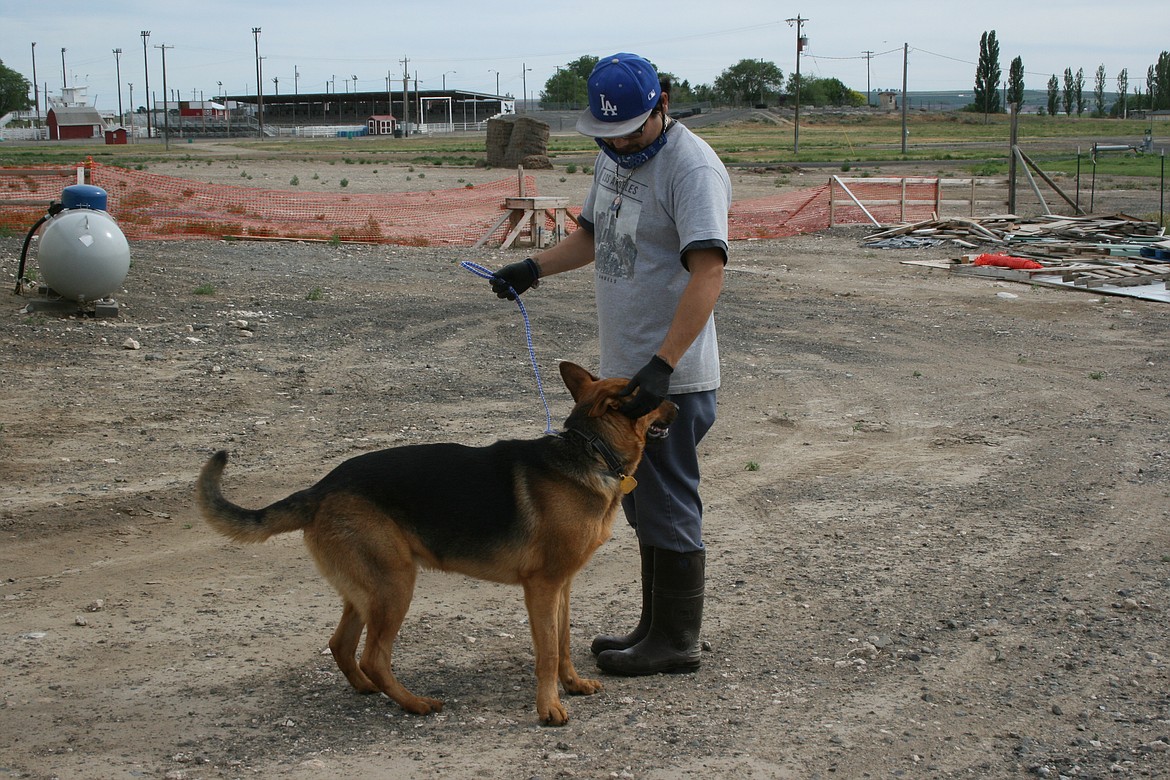Keeping them safe: ACPR works to help the four-legged residents of Adams County
OTHELLO — While there’s usually a full house at Adams County Pet Rescue, some days are fuller than others. May 12 turned out to be a very busy day.
Become a Subscriber!
You have read all of your free articles this month. Select a plan below to start your subscription today.
Already a subscriber? Login









